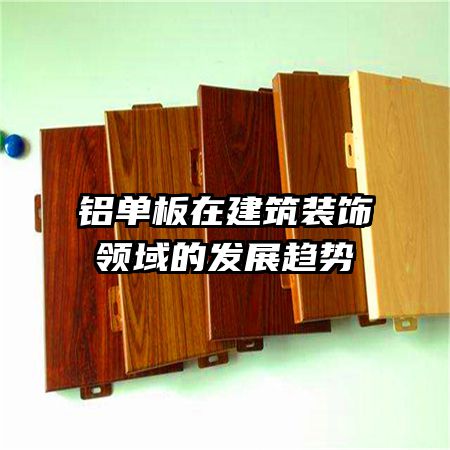
Aluminum veneerThe development trend in the field of architectural decoration
Abstract: With the continuous advancement of technology and the increasing demand for aesthetic appearance of buildings, aluminum veneer has been widely used in the field of architectural decoration. This article will elaborate on the development trend of aluminum veneer in the field of architectural decoration from four aspects.
1、 Flexibility and Diversified Design
Aluminum veneer has excellent plasticity and can be made into various shapes of decorative panels through cold bending, hot bending, and other methods. With the continuous improvement of technology, aluminum veneer can achieve more complex and refined shapes, meeting the creative needs of architects and designers. At the same time, aluminum veneer can also be customized with patterns and colors on the surface of the panel through processes such as spraying and printing, making the building appearance more diverse and rich.
2、 Environmental Protection and Sustainable Development
As a recyclable material, aluminum veneer has significant environmental advantages in building decoration. The production process of aluminum veneer can reduce the consumption of natural resources and environmental pollution compared to traditional building decoration materials. In addition, aluminum veneer does not release harmful substances during use, which meets the requirements of green and environmentally friendly buildings and is in line with the concept of sustainable development.
3、 Weather resistance and durability
Aluminum veneer has good weather resistance and durability, and can withstand wind, rain, and ultraviolet radiation under harsh weather conditions. This enables aluminum veneer to maintain long-term aesthetics and stability in outdoor applications, reducing the frequency of maintenance and replacement, and lowering building operating costs. At the same time, aluminum veneer also has corrosion resistance and can maintain good performance in corrosive environments such as acid and alkali.
4、 Intelligence and integration
With the continuous advancement of technology, the application of aluminum veneer in intelligent buildings is becoming increasingly widespread. By introducing technologies such as sensors and photoelectric control, aluminum veneer can achieve intelligent functions such as automatic sensing of lighting and temperature adjustment, improving the comfort and energy efficiency of buildings. In addition, the integrated application of aluminum veneer with other building materials is also increasing, such as combining with solar panels to achieve self-sufficiency in buildings.
Summary:
With the progress of society and the development of the construction industry, the application prospects of aluminum veneer in the field of building decoration are broad. Its plasticity and diverse design meet the creative needs of architects, and environmental protection and sustainable development make it the preferred material for green buildings. Its weather resistance and durability ensure long-term beauty and stability, and the development of intelligence and integration is more in line with the requirements of future buildings. The development trend of aluminum veneer in architectural decoration will continue to move towards technological innovation, environmental sustainability, intelligent integration, and other directions.


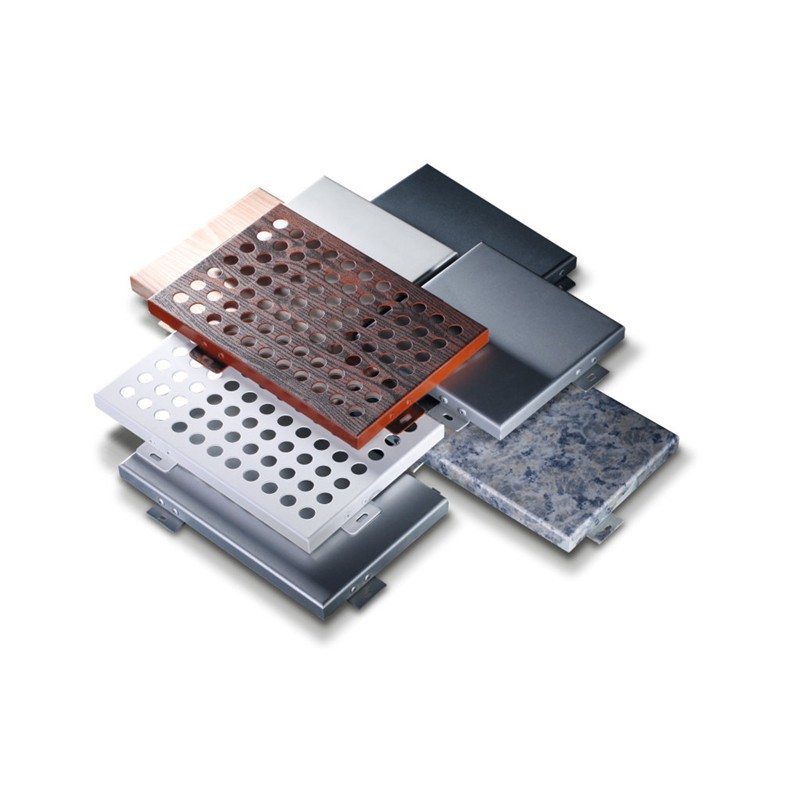
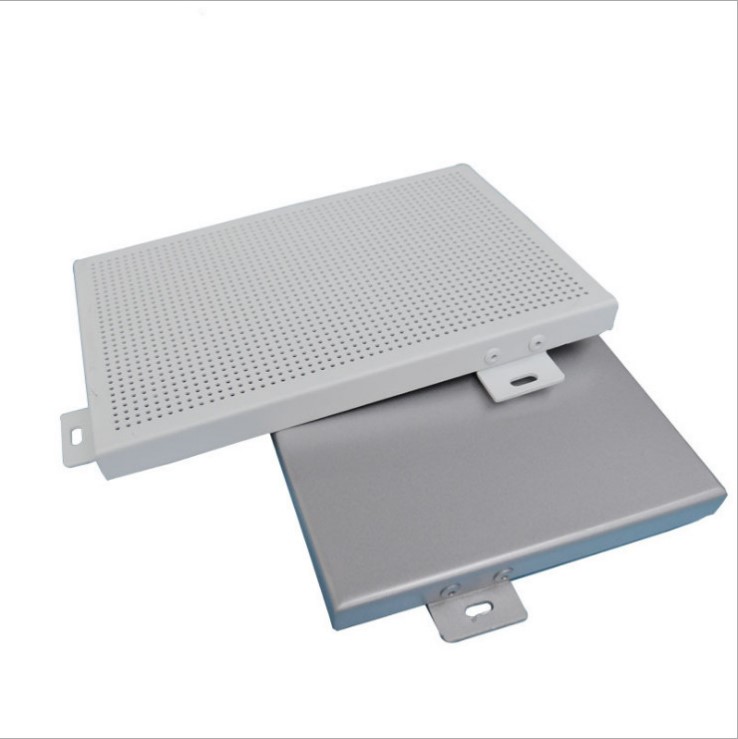
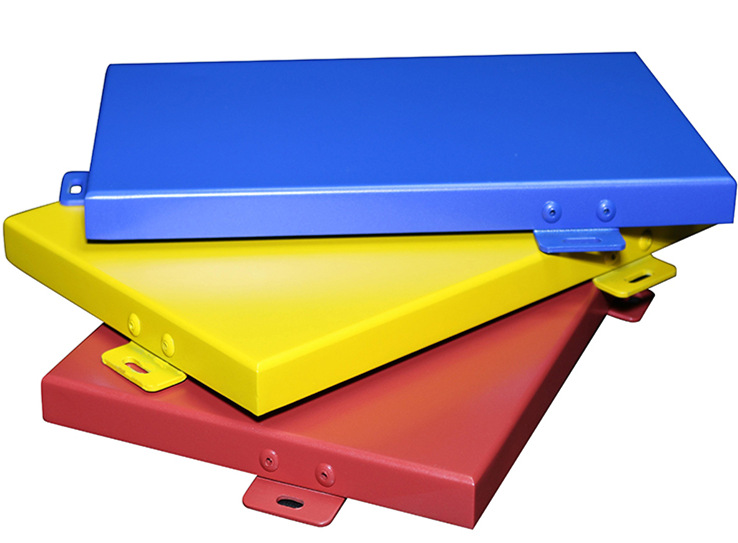
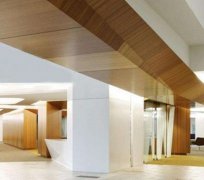
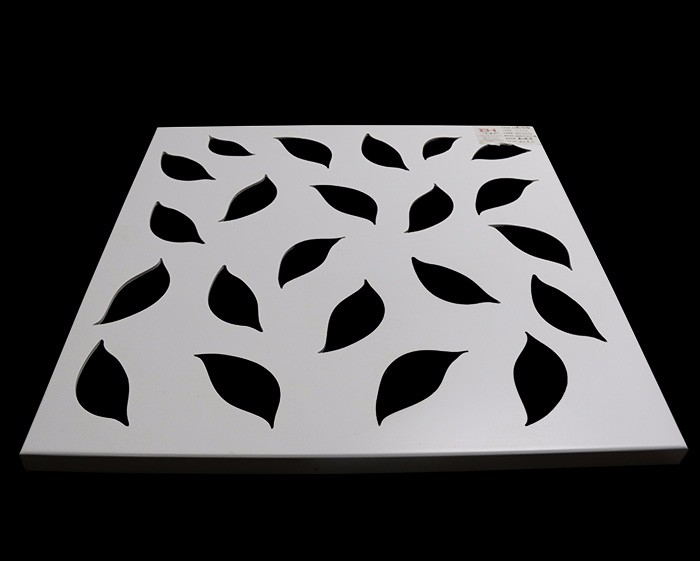
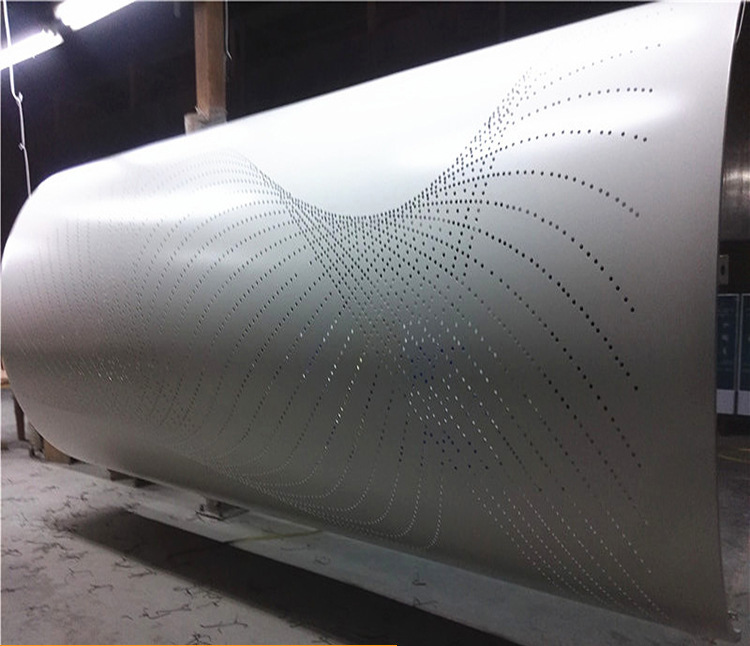
 Customer service QQ
Customer service QQ